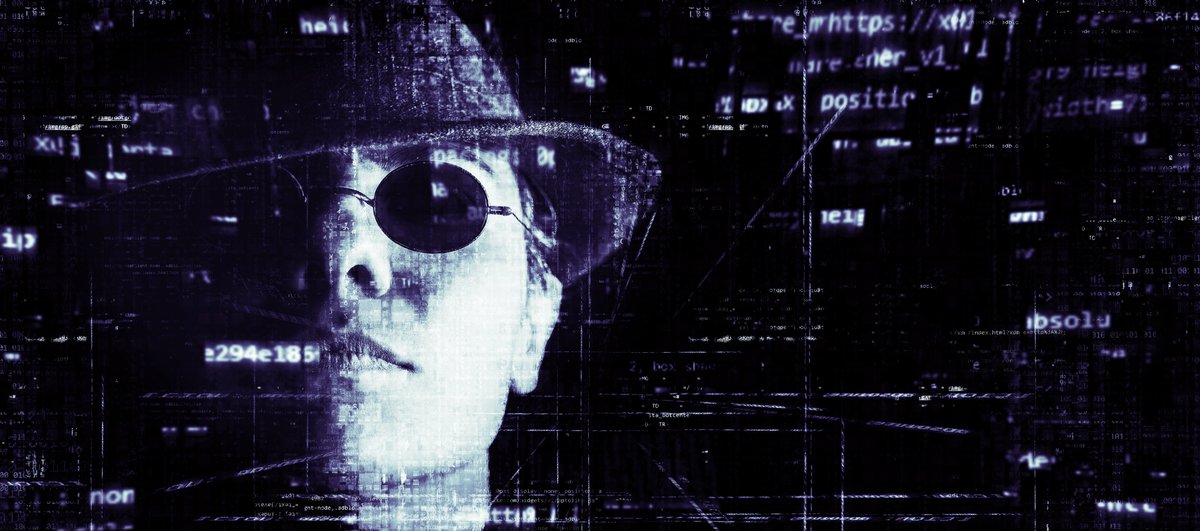In past I’ve remarked on maladies related to the way we live now — things like blackberry thumb (now much forgotten) and Zoom fatigue, but I think there’s bigger stuff at hand, connected in some way to our diverse and haphazard digital world. I’m referring to our disordered, malevolent thinking that sees sinister intrigue most everywhere.
Addressing this is not a regular part of clinical practice, but it deserves our vigilance and support, akin to the physician groups that oppose nuclear arms, child poverty, torture and so on. We need to confront the varied but rampant conspiracy theories that have provoked insurrectionist and violent activities, particularly in the USA, but everywhere, including our own backyards.
A definition is in order. Conspiracy theory bundles the notion of a group of persons whose general communication is secret but directed toward one or more malevolent goals. QAnon has commandeered my attention over past months, and it is possibly our biggest threat.
Conspiracy theories are not new: “the Apollo moon landing was false”, “9/11 was an inside job” and “climate change is a hoax.”
Our tendencies may go way back: current versions of our presumed hunter-gatherer forbears, the Yanomamo, readily form coalitions based on suspicion of others. More remotely, Nero and slaves were said to plot the burning of Rome circa 64 CE. The medieval Crusades were felt to reflect a conspiracy between Jews and Muslims attempting to keep Christians out of the Holy Land. More recently, but predating our digital world, examination of letters to the editor in the New York Times and the Chicago Tribune over decades has suggested longstanding conspiratorial thinking.
Despite this long history, it is commonplace to consider current conspiracy theory adherents to be unhinged, paranoid “wack jobs,” but investigation has shown that conspiracy theories are widespread, explicable psychologically and potentially dangerous in the extreme. The processes at work seem insidious; evidence suggests up to half of us, sans reason, believe in coalitions of deceptive persons acting to thwart or achieve a goal.
In attempted explanation, evolutionary psychologists maintain that we look to determine just who we are, what threats exist to our persons and our potential to manage perceived danger. Aspects of our thinking that may go awry include pattern recognition, agency detection and our response to perceived threats.

Pattern recognition is central to human cognition. Identifying cause and effect helped our forebears link action and consequences with threats from opposing forces. We look for patterns in our experience that are sometimes there, like footprints in sand, and other times are not.
As well, we attempt to recognize the motives and the intentions of others. We try to decipher events and their import for the future, and we look for agency in others. We’re threat-avoidant. Some of this is near-instinctive or reflexive as when we jump at the sight of snakes and spiders, but we’ve gone warily beyond this in our search for peril. We try to discern coalitions that are hostile and look to counter these with like-minded confrères.
Our discussion becomes more pertinent when we realize that some conspiracy theories prove to be real. Recall the intrigue that attended Watergate or the Iran Contra affair of the 1980s, when senior American officials conspired to sell arms to Iran and were found out.
Our predilection to look for and find meaning seems to be an evolutionary adaptation. At one time the threat implicit in a shadow in the bushes – maybe a tiger, maybe a shadow – was asymmetric. A shadow may be merely a shadow, but mistaking a shadow for a predator can be lethal. Conspiracy theories in this context are the result of sense-making processes under threatening or fearful circumstances.
Much can derail our thinking. Our brains are an amalgam, most times, of both rationality and emotion. Emotion changes our thinking as well as our experiences, and our rationality, such as it is, is marred by a potpourri of biases (confirmation, affirmation, statistical, etc.) as well as flat-out blind spots that can only partially be ascribed to our inattention.
It’s a wonder that we can agree on much at all, and especially difficult to explain the complicated stories of sinister intrigue that are at a distance from day-to-day experience.
Some years ago, biologist Richard Dawkins observed that there are memes in our discourse – pockets of information that spread readily from one brain to another. As behavioral scientist Gad Saad has recently pointed out, the ready spread of conspiratorial memes or ideas may be analogous to the epidemiology of infectious disease and may suggest why certain thoughts and stories propagate over social networks while others don’t catch on. The notion of “idea pathogens” and infectivity may be germane to conspiracy theories and their calls-to-arms.
QAnon is the most menacing of the conspiracy theories that I’m aware of. It’s wide ranging and claims an elite group of child-trafficking pedophiles has ruled the world for decades. Cryptic messages from “Q” (“Q drops”) have fuelled the growth of an enormous meta-conspiracy, with anti-vaccine, anti-immigrant, anti-Semitic and anti-5G components, as well as support for a former American president’s attacks on a supposed “deep state.”
The fusion of anti-science and anti-reason with fictive goblins and monsters of sinister intent has spread far. Too far, I’d say, and it’s time to realize that we’re all threatened here, that we’re all warriors in this fight with personal responsibility and agency.
As physicians, we’ll have to take a step back in this call-to-arms, our fight against misinformation. Most docs are accustomed to seeking truth as relative to levels of evidence, with the best of our truths supported by well-considered, double-blind and randomized trials. We’re nowhere near this, tackling conspiracy theory.
Dollops of patience are needed to broach conversations with proponents of wild theories. Many of us have had some experience with anti-vaxxers, have gone into the bogus ideas recanted and overturned so widely and so long ago. I’d expect some success, but surprisingly little has occurred, as anti-vaxxers remain stolid in their convictions, convinced they “just know.”
Sociologists remind us that persons most amenable to conspiracy theory are members of obvious minority groups, who’ve seen their livelihoods and opportunities dwindle, commonly without the education and training needed to negotiate modern times. We’ve seen the stark results of inequality in respect of health outcomes, and there’s no reason to think world views might not be similarly compromised in the face of gross inequities.
Our unencumbered digital spaces may be at fault here. We not only have all of the world’s information on hand within our brainy gizmos, but all of the world’s misinformation too. The specious abundance of our “infodemic” supports our righteous narcissism. Who amongst us, though, hasn’t gone down the rabbit-hole of online communication to find we’re in a hostile, dishonest place?
Prevention, as they say in Therapeutics 101, is key. We need widespread education regarding evidence, reasoning in general and I’d throw in a course in civics/civic responsibility for good measure. Our digital social media are reservoirs of lies, nascent con-jobs and half-baked factoids. We need rules or regulations to counter this unholy slurry but not to prevent meaningful access. I envision regulatory guard rails that would help us, analogous to our time-honored public health requirements for pasteurized milk or fluoridated water.
We need help. Our fraught discourse could benefit from provisions in aid of the things we say to ourselves and others.
Editor’s note: The views, perspectives and opinions in this article are solely the author’s and do not necessarily represent those of the AMA.
Banner image credit: Pixabay.com

